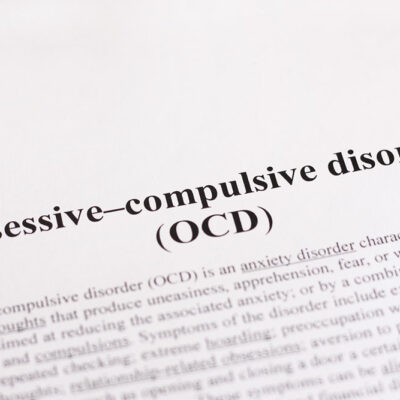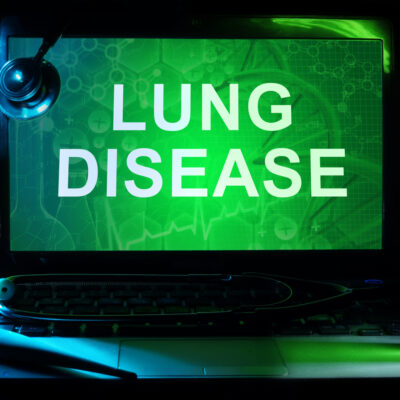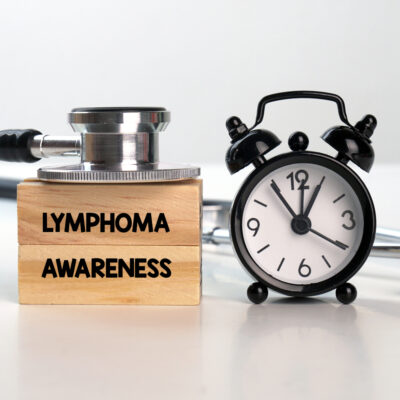
Health Conditions
Types of obsessive-compulsive disorder
Obsessive-compulsive disorder (OCD) can be best described as a mental health issue, which makes the affected person act around a certain compulsion or obsession, causing them to undertake distressful actions and even have the same thoughts repetitively. As per a mental health report published in the year 2001 by the World Health Organization, obsessive-compulsive disorder is considered as one of the top twenty causes of disability caused by illness for people who are aged between 15 and 44 years. The report further indicated that obsessive-compulsive disorder was the fourth highest mental illness preceded by different phobias, abuse of substances, and cases of major depression. Obsessive-compulsive disorder is further featured with an array of functional disabilities and it also has a major impact on a person’s social and work life. However, people try to associate it with cleaning, but there are plenty of other types of obsessive-compulsive disorders. Some of the common types of OCD which one should know about are explained in brief as follows: Checking When this type of OCD affects a person, they feel the need to constantly keep on repeatedly checking their surroundings for potential damage, leaks, harm, or even fire. Checking may include appliances, car doors, possessions, and the like.
Read More 















